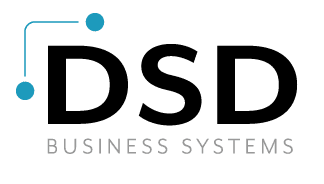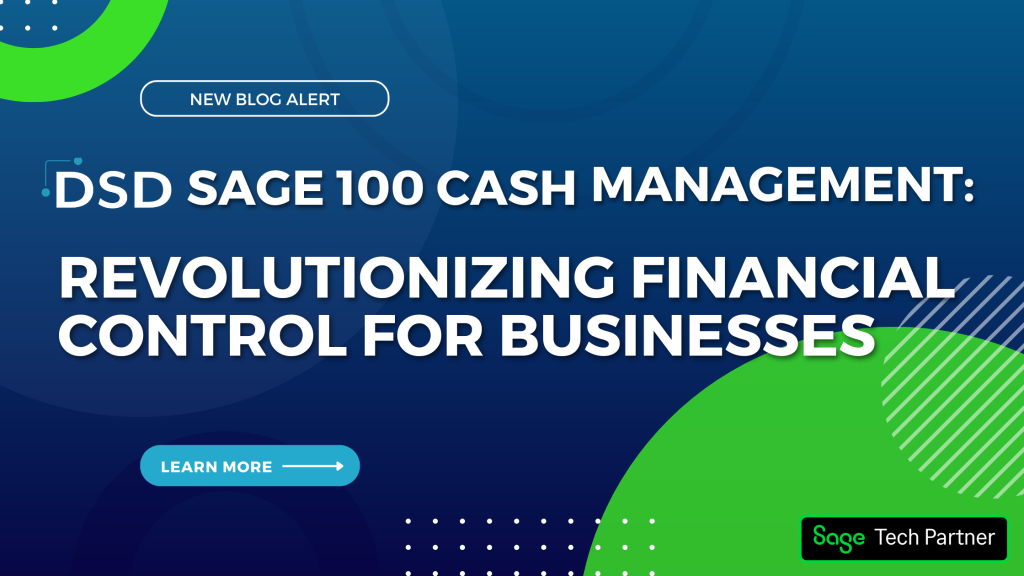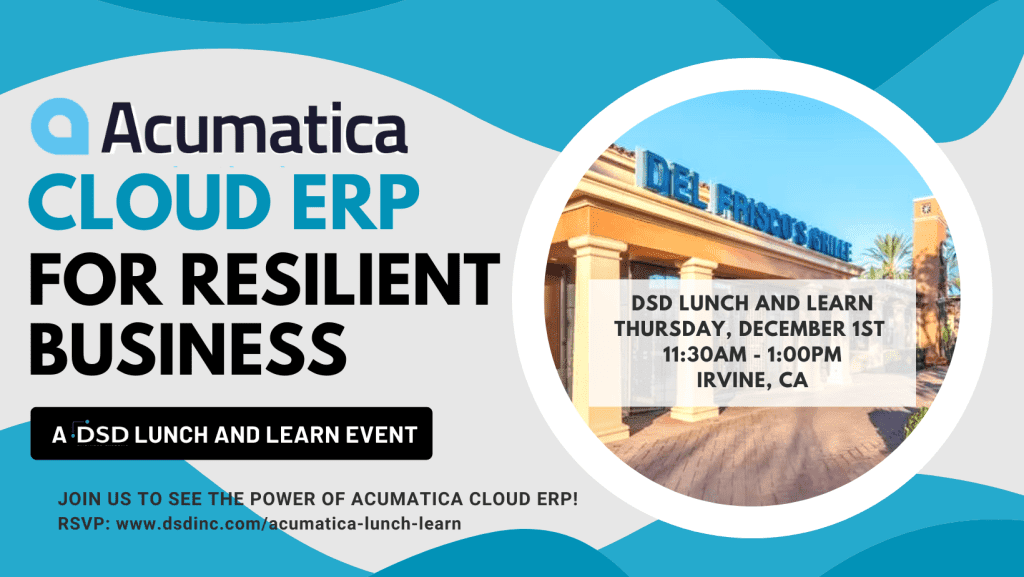TOP 10 ERP TRENDS TO WATCH
There is a lot going on in ERP right now. 2012 saw the rise of the cloud and we saw its direct effects as SaaS (Software as a Service) took another step forward into prominence and data security became the number one priority for most CIO’s. Big data and the management of it became an obsession as project teams scrambled to keep up with the accumulation of newly discovered consumer analytics and portals to gather information. As the rate of technological advance continues to accelerate, we can expect even more change in 2013, across the ERP landscape.
One trend we’ve previously discussed is the growing use of the Role-Based User Interface (RBUI) in ERP software. What are some other dominant trends to watch for and how will they affect the evolution of ERP this year?
Enterprise Apps Today asked the experts.
Customer Power
Allan Davies, chief marketing officer of Aldata, Inc., thinks the major trend in ERP over the past year was a change of focus from supply-led to customer-led business.
“The massive take-up of mobile devices and their ability to understand, compare, order and share information across social groups means all ERP systems have to think of the customer first and adjust their supply, manufacture, logistics and marketing operations to fit what the customer wants, when and where he wants it,” he said.
Tighter Purse Strings, ERP Delays
After the 2008 crash, money hasn’t exactly been flowing freely to IT projects. But there has been an easing of the purse strings over the past few years. Eric Kimberling, managing partner at Panorama Consulting Solutions, thinks that budgets are going to tighten up a little in the coming year.
“Most companies are facing an uncertain macroeconomic environment, which is likely to cause CFOs to keep a tight handle on investments in ERP,” he said. “This is likely to result in less all-in ERP investments and more low-hanging fruit investments focused on specific functionality or processes to help drive stronger ROIs and lower risk.”
Best-of-Breed Revival
Another possible choice might be augmentation of the major ERP investments companies have already made. When economic pressure is combined with the continued growth of software-as-a-service (SaaS), it will result in momentum away from single ERP platforms and toward best-of-breed solutions, Kimberling said.
“Companies will be more likely to look for best-of-breed solutions for CRM, HCM and financials and phase those rollouts, rather than trying to implement more complex and costly single ERP systems,” said Kimberling. “This will put more pressure on companies to address integration and solution architecture.”
Legacy ERP Cost Crunch
While there are plenty of shiny modern ERP systems out there, the bulk of systems can be classified as legacy – 10 years or more old. R “Ray” Wang, principal analyst and CEO at Constellation Research, sees a trend toward many of these legacy transactional systems being consolidated, upgraded and stabilized.
“The goal: drive down operational costs to fund innovation,” Wang said. For instance, he noted, “Many companies are moving to third-party maintenance to reduce costs.”
Best of Both Worlds
Another cost cutting strategy being employed by those with older systems is one designed to milk maximum longevity out of older systems. The idea is to use the older systems for traditional transactional and ERP functions while adding new functionality via the newer Web-based application vendors.
“We are seeing a growing trend toward legacy ERP being surrounded by best-of-breed SaaS applications,” said Wang. “The bottom line is that a lot of innovation is now coming from these SaaS-based providers. However, when you follow this path, integration becomes a key competency.”
Desire for Quick Results
Microsoft’s take on the economy is a little different. While the company sees signs of a recovery, it says that one dimension appears to have permanently changed – the way in which businesses look at software projects.
“The era of IT projects centered solely on a technology agenda, scoped as wholesale systems replacement, or with investment extending over multiple years against a promise of future benefits is over,” said Mike Ehrenberg, Microsoft technical fellow and chief technology officer (CTO) for Microsoft Business Solutions. “Time to value is now an essential component of any investment – shortening the time between initial expense and positive economic benefits returned to the business is critical.”
As a result, users want to pay for capability and capacity as used instead of up-front investment for anticipated usage.
Forecast: Gradually Cloudy
Derek Singleton, an ERP analyst at Software Advice, said the ERP industry tends to evolve more slowly than other software segments such as customer relationship management (CRM). Still, megatrends such as cloud computing are beginning to make an impact.
“ERP got off to a slow start in terms of adopting cloud technologies, and the industry was unsure whether it could be a viable model for delivering ERP software,” Singleton said. “But now everyone is now trying to figure out how to design and develop their ERP software for the cloud.”
Analytics for ERP
Analytics has long been the province of business intelligence (BI). But the advent of simpler BI means it is finding its way into broader usage – and that includes ERP.
“There’s a major focus on developing technologies that help companies make sense of all the data generated by their ERP system,” Singleton said.
Going Slow on Social ERP
Lots of software is going social right now – but not ERP applications. As the world goes mad for social channels like Facebook and Twitter, Singleton said ERP vendors have been reluctant and/or slow to attend the party.
There have been moves to incorporate activity streams into ERP software to improve internal collaboration. Yammer, for example, has a partnership with NetSuite and it recently opened its API for integration with SAP. Salesforce, too, has been pushing its collaboration tool Chatter in large enterprise deals. It also pushes Chatter directly through Kenandy, a Cloud ERP system built on the Force.com platform.
ERP App Stores
Inspired by the Apple App Store, the ERP App Store is coming. Vendors such as SAP, NetSuite and Microsoft are actively building app stores to provide smartphone access to ERP data. As these ecosystems mature, we’ll see more native apps built out to connect ERP systems to smartphones.
“ERP is being impacted by mobility and the proliferation of smartphone apps,” Singleton said. “Right now, there is a focus on building out an ecosystem of apps that will run with native functionality on the iPhone and Android.”
(Source: Enterprise Apps Today)
Among all these upcoming trends will be the continued need for integration and even more so – customization. Extending solutions and providing more custom enhancement to the way that companies do business, track customers, interact with data and manage their systems, will be vital. In the same way, finding an exceptional ERP partner to assist in a continually evolving cloud based, social web, business environment in 2013, will be equally important.
About DSD
DSD offers NetSuite Cloud ERP, NetSuite CRM, NetSuite eCommerce, Sage 100 ERP (formerly MAS 90), Sage 300 ERP (formerly Accpac), Sage 500 ERP (formerly MAS 500), Sage FAS, Sage HRMS (formerly Abra), Sage CRM, Sage SalesLogix, Sage Add-Ons (Extended Solutions), and Custom Programming. DSD has been a multi-time Sage President’s Circle award winner, a two-time Sage Gold Development Partner of the Year recipient, has been recognized by the San Diego Better Business Bureau (BBB) as a Torch Award Finalist (2009) and Torch Award Winner (2010) for Marketplace Ethics, and has been recognized by the Council of Better Business Bureaus as a 2012 International BBB Torch Award Finalist for Marketplace Excellence.




